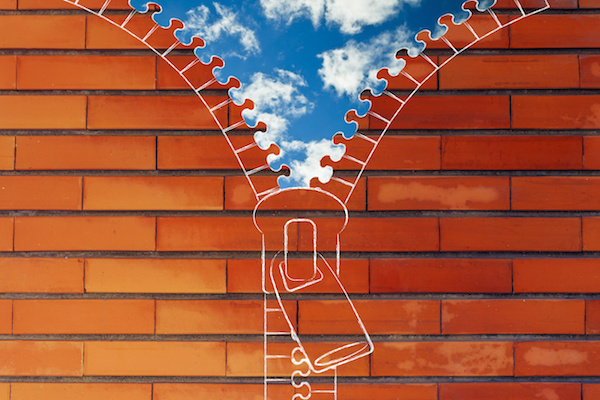
SUNDAY, Aug. 31, 2014 (HealthDay News) — Those partaking in outdoor sports and activities need to be aware of the threat posed by lightning and take appropriate safety measures, experts say.
Over the last decade, lightning killed an average of 42 people a year in the United States and caused about 10 times as many injuries. So far this year, there have been 19 reported lightning deaths, according to the National Oceanic and Atmospheric Administration.
In light of the incidents, many of which involved outdoor enthusiasts, the National Athletic Trainers’ Association (NATA) has reissued lightning safety guidelines.
“It is critical for those who are in charge of sports and recreational activities, as well as outdoor enthusiasts, to be aware of lightning danger and prepare accordingly,” guidelines committee chair Katie Walsh Flanagan, of East Carolina University, said in a NATA news release.
The guidelines suggest that administrators, coaches, athletic trainers, parents and others involved in outdoor sports and recreational activities create a lightning emergency plan for each venue.
This includes closely monitoring weather forecasts and reports and pinpointing lightning-safe locations, like a building or another fully enclosed space, in advance of events, NATA said, noting unsafe locations include picnic shelters or tables, bus shelters and trees.
Among their other guidelines:
- Time how long it takes to get to safe locations and plan accordingly.
- Establish guidelines for suspending and resuming sports or activities. Do not go back outdoors until at least 30 minutes after the last lightning strike or sound of thunder.
- In large sports venues, have a safety plan for spectators, including a plan for safe and orderly evacuation to previously identified safe locations, and know how long it will take to move them out of the facility.
- If someone is struck by lightning, move them to a safe location when possible. If an automated external defibrillator is available, use it on victims who don’t have a pulse or are unconscious.
The guidelines are published in NATA’s Journal of Athletic Training.
More information
The U.S. National Weather Service has more about lightning safety.
Copyright © 2025 HealthDay. All rights reserved.

